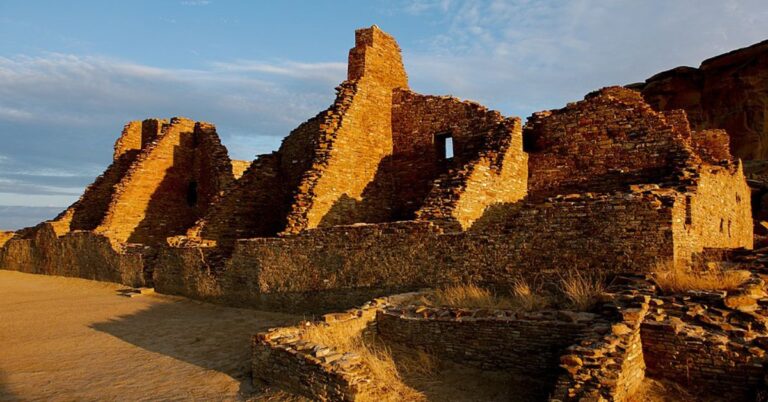15 Facts To Know About The Mind-Blowing Gobekli Tepe Ruin
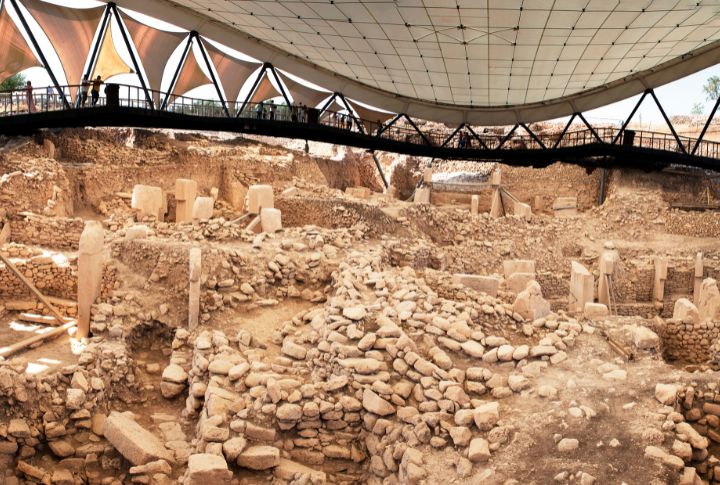
Rising from a low hill in southeastern Turkey, Gobekli Tepe is a striking arrangement of massive stone pillars, many of them set in broad circular patterns. Some are etched with animals, others are plain. The site feels otherworldly, like an ancient stage set for a forgotten purpose. Stick around because what you’ll find beneath the dust is anything but boring.
Older Than The Pyramids

How do you explain massive stone structures built by people with no wheels and no farms? You explain it by giving credit where it’s due. Its scale and craftsmanship prove that early humans were not merely meeting basic needs but were also creative and innovative.
Built By Hunter-Gatherers

How do you explain massive stone structures built by people with no wheels and no farms? You explain it by giving credit where it’s due. Its scale and craftsmanship prove that early humans were not merely meeting basic needs but were also creative and innovative.
Stone Circles With Secrets

Its open-air circles are anchored by towering T-shaped pillars arranged in carefully planned formations. Some researchers believe they were used for rituals. Others propose the site may have been aligned with celestial events, though such theories lack definitive evidence.
No Written Language Found Onsite
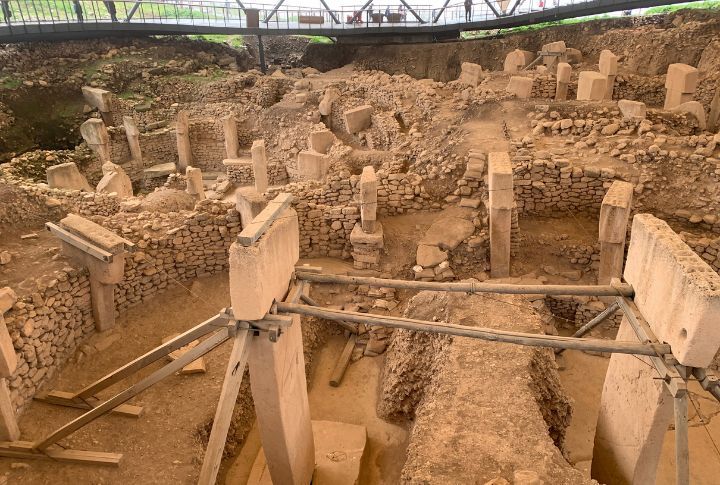
Despite its age and complexity, Gobekli Tepe holds no evidence of written language. The site features intricate carvings, but no script or identifiable alphabet. This suggests its builders communicated and organized massive construction efforts without writing. This challenges assumptions about when literacy and civilization began.
Animal Carvings Everywhere
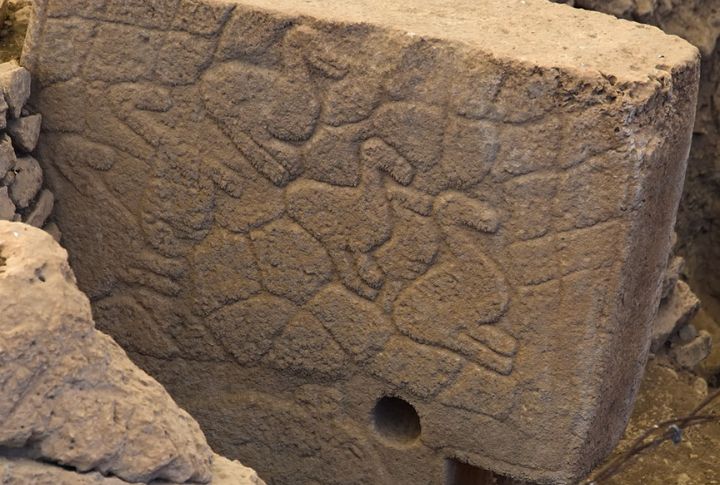
The pillars are alive with imagery: snakes slither, boars charge, and birds perch. Each animal likely meant something to its creators, either warnings or maybe gods. These carvings are prehistoric storytelling chiseled in limestone, which offers a look into the minds of people we barely understand.
Burial Proved Useful
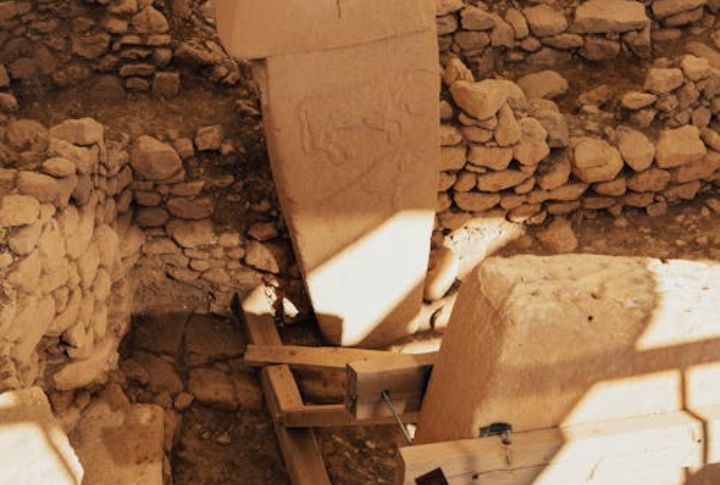
Around 8000 BCE, Gobekli Tepe was buried under tons of debris, which preserved the site for thousands of years. Whether this was a deliberate act or due to natural processes, such as slope slides, remains debated. What’s clear is that the burial helped keep it intact.
Still Just Scratching The Surface
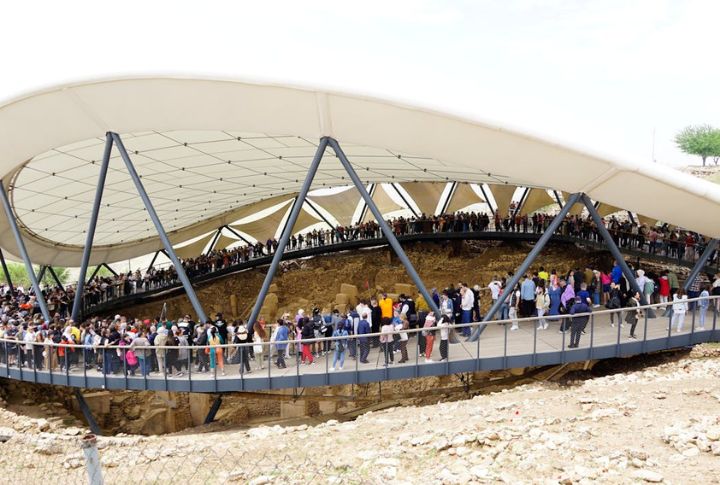
As of 2021, approximately 10% of Gobekli Tepe has been excavated. Ground scans suggest dozens more enclosures remain buried beneath the hill. This vast complex still hides chapters of early human history. With each layer uncovered, a fuller picture of its purpose slowly emerges.
Built Without Metal Or Wheels
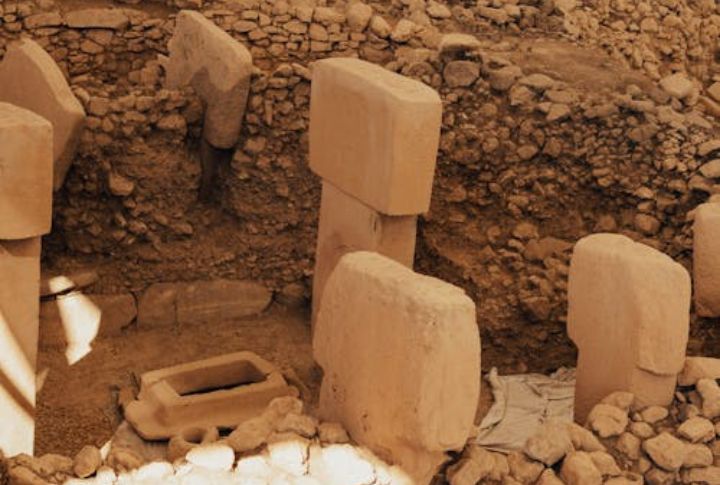
Some of the stones at Gobekli Tepe weigh between 8 and 10 tons, yet they were shaped and moved without metal tools or wheeled transport. One pillar, still in the quarry, weighs around 50 tons. Whatever lost methods they may have used, the accomplishment remains extraordinary.
Religion May Have Come First
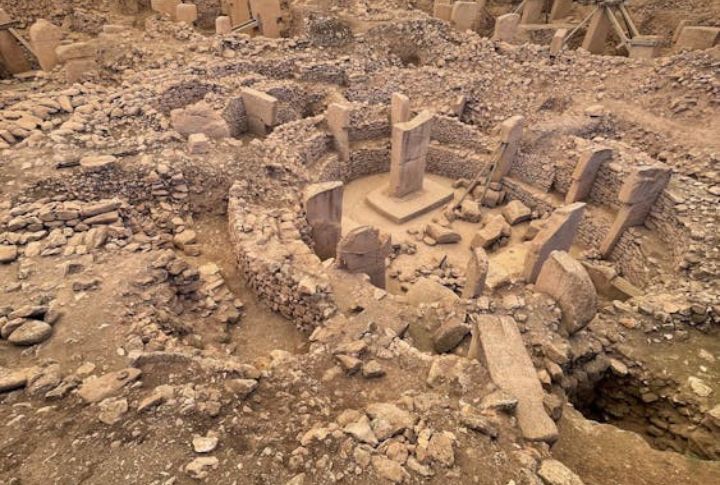
We used to think agriculture came first, then settlements, then religion. But Gobekli Tepe challenges that sequence. Its complexity suggests organized spiritual life and sedentary practices, including harvesting wild grasses, that co-evolved among hunter-gatherers. This perspective questions the roots of civilization.
Hidden In Plain Sight
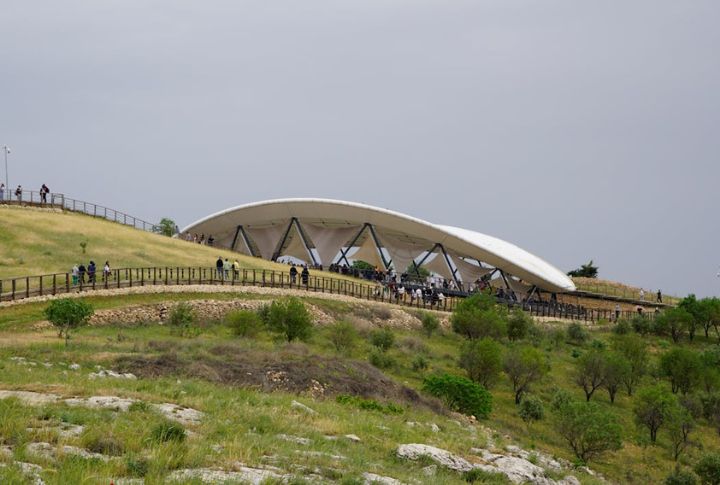
Locals knew the mound was there. They even called it “Potbelly Hill.” But it took until the 1990s for archeologist Klaus Schmidt to realize what was buried inside. The site sat quietly underfoot for thousands of years before anyone understood the weight of its significance.
Forgotten, Then Famous

In 1963, researchers noted a few carved stones but didn’t dig them. It wasn’t until Schmidt returned decades later that anyone gave the site serious attention. Today, though some debate this label, it’s often described as the world’s first-ever temple.
Massive Yet Intentional
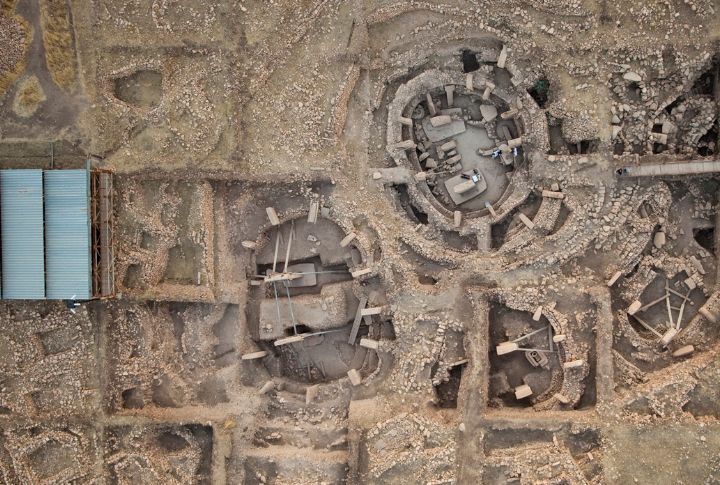
The sheer size of Gobekli Tepe is impressive, but the arrangement is more intriguing. Some experts propose celestial patterns, though these remain unconfirmed and debated. What’s certain is the layout wasn’t random. The builders had direction and purpose, which speaks volumes about their capabilities.
A Monument To Cooperation
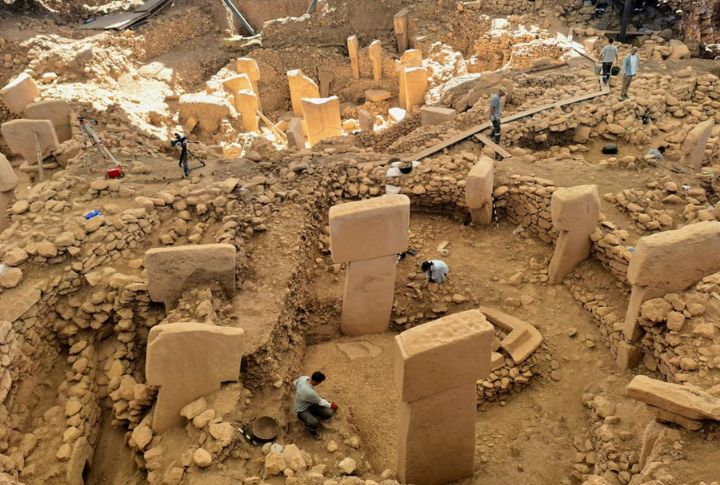
Gobekli Tepe’s construction required a staggering level of cooperation—hundreds, maybe thousands, of people working together across generations. These communities had no formal government, yet shared beliefs brought them into action. How they worked and if it was structured, we’re yet to know.
Shrouded In Symbolism
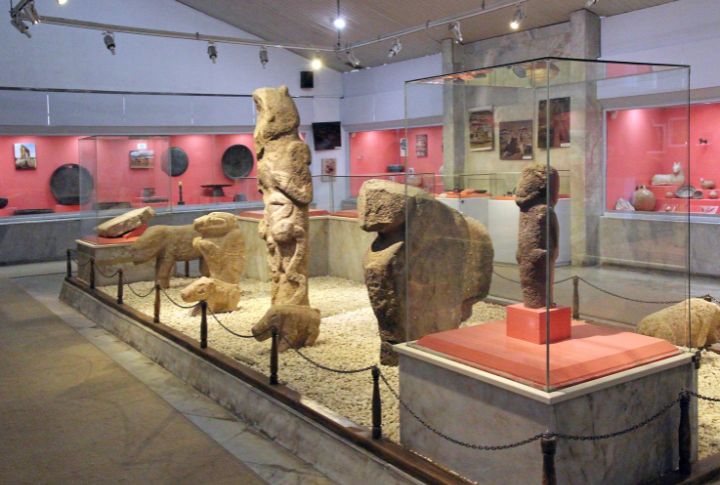
Carvings across Gobekli Tepe show headless human figures and geometric shapes, each sparking endless interpretations. Some researchers link them to religion or astronomy, others to mythology or social memory. What remains is a visual code etched in stone thousands of years ago.
Now A World Heritage Site
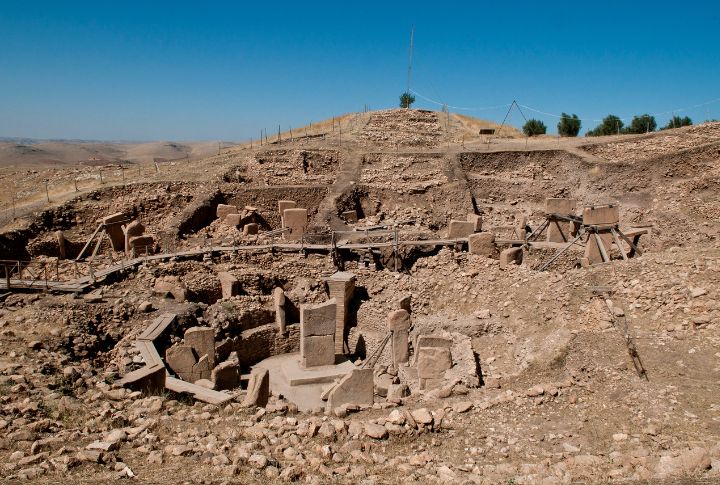
UNESCO added Gobekli Tepe to its World Heritage list in 2018 by giving the site international recognition and protection. The designation helps preserve the ruins and draws more attention to their archeological value. With so much still unknown, this proves that there is a lot more to discover.





